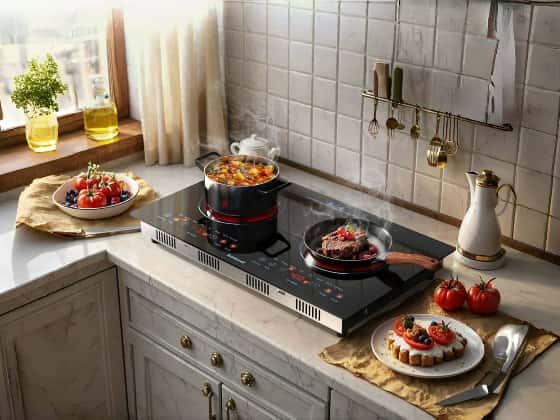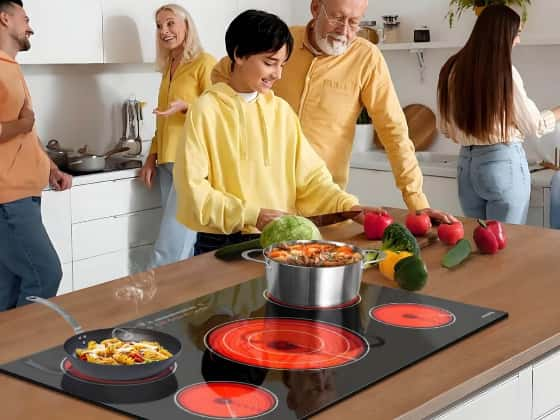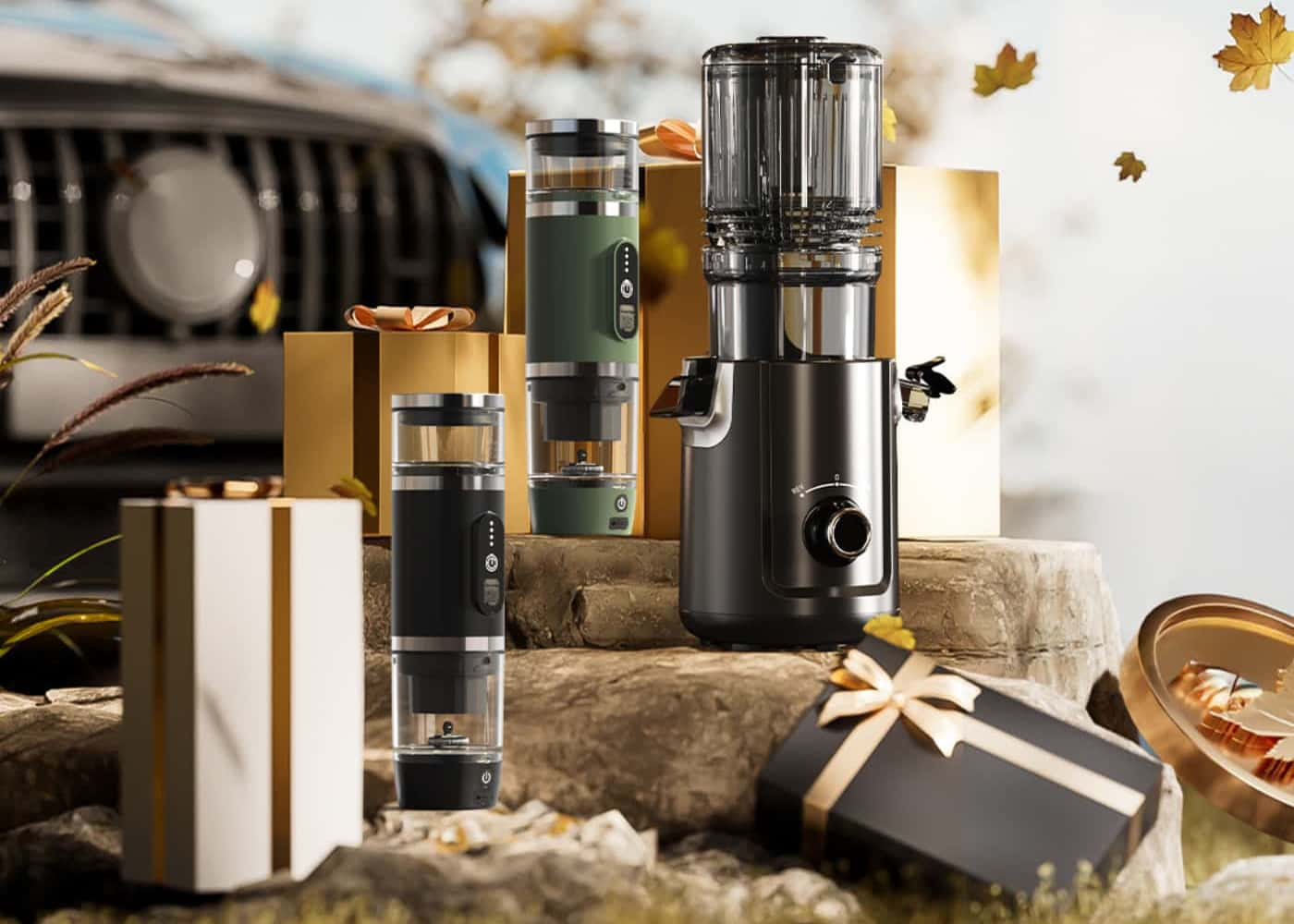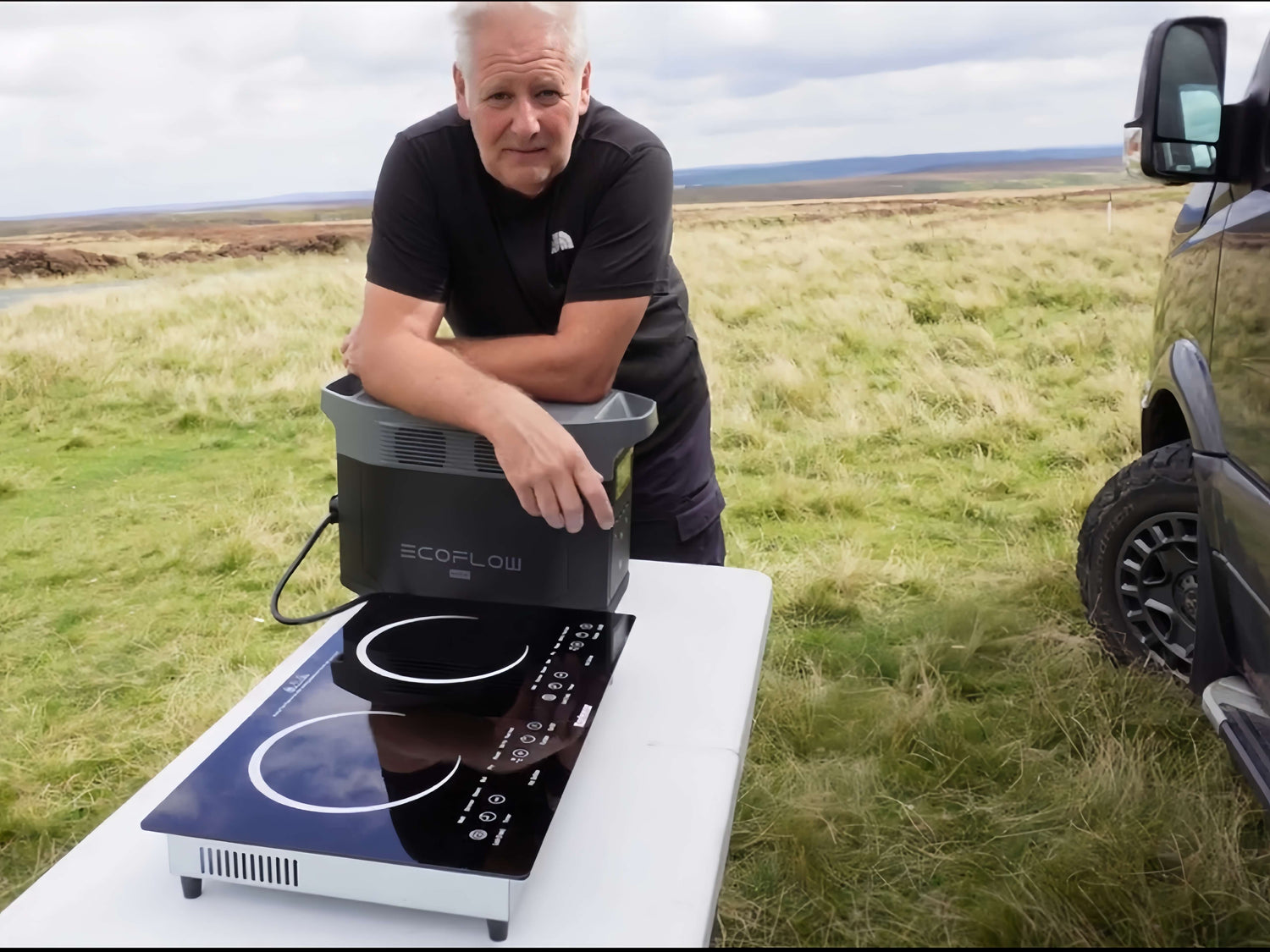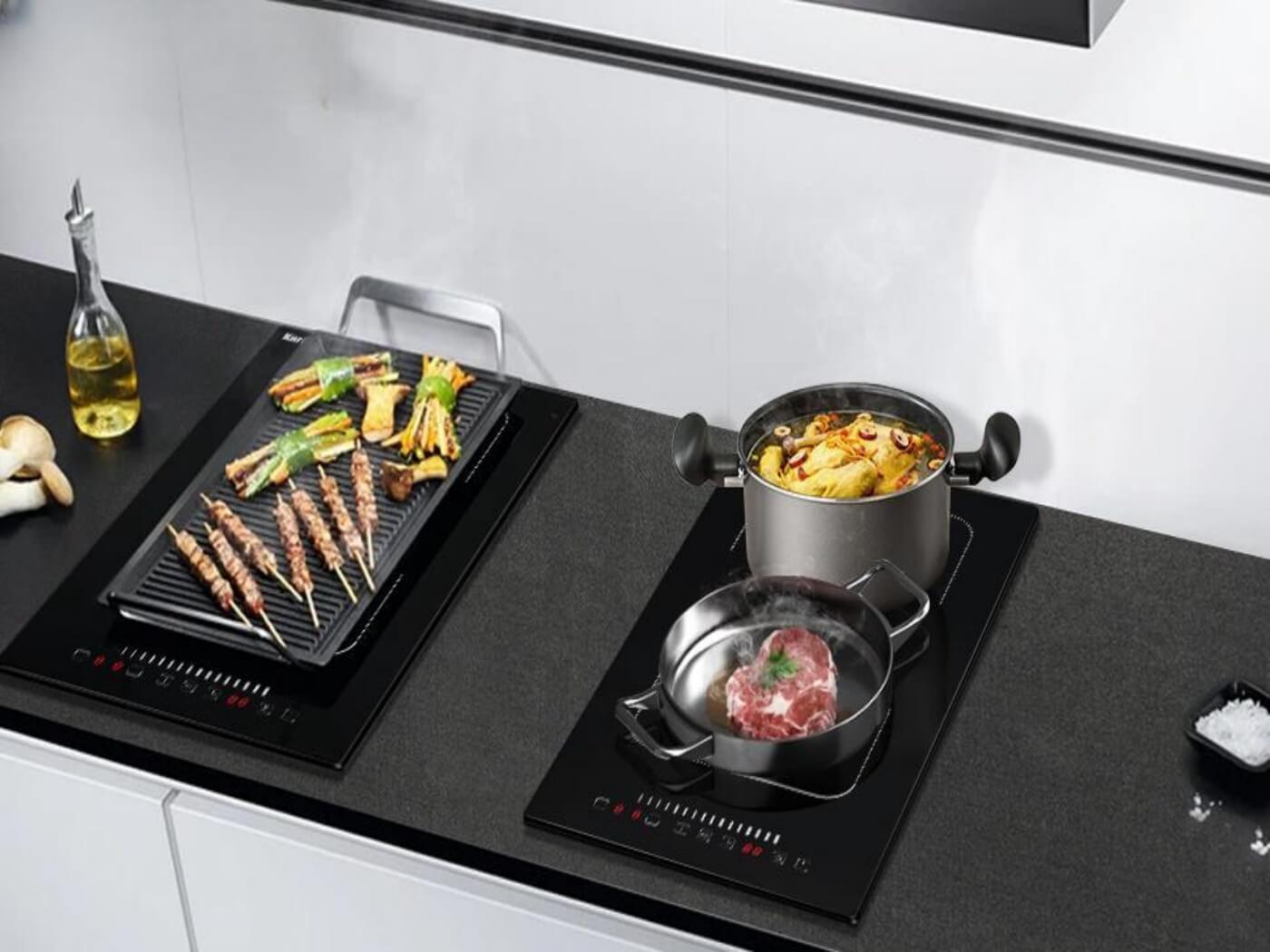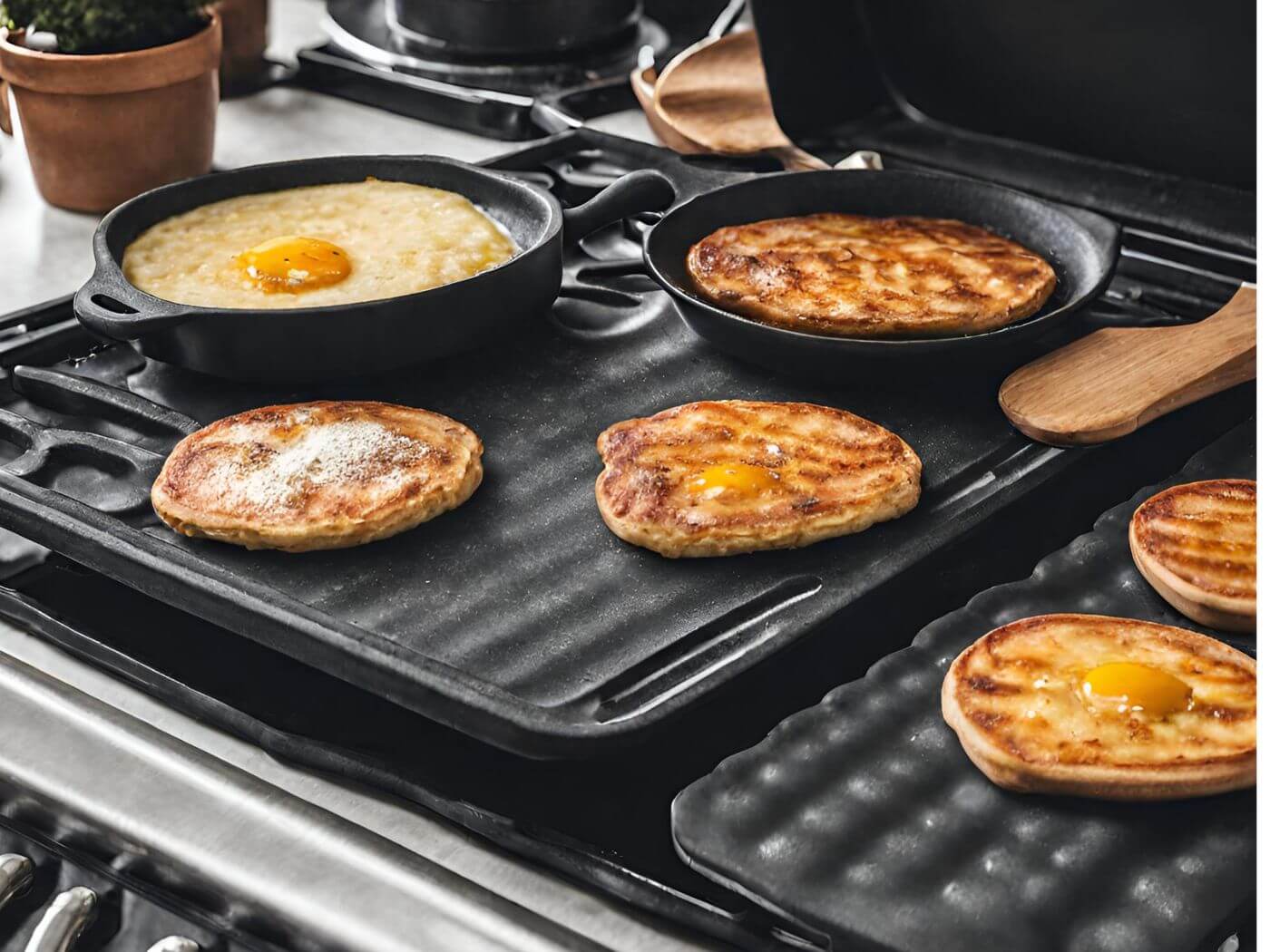A portable electric stove is not just a convenient cooking device; it's a game-changer for outdoor enthusiasts and travelers alike. Whether you're camping, picnicking, hitting the road, or finding yourself in a power outage, the versatility and ease of use of electric stovetops, including ceramic cookers and small electric stoves, make them an essential part of your gear 12. Unlike gas portable stoves, electric portable cooktops offer a clean, efficient way to cook while being easy to ignite and safe to use during burn bans, ensuring your adventure doesn't halt regardless of the conditions.

Analyzing Power Consumption
When considering the power consumption of portable electric stoves, especially during activities like camping, it's essential to understand their energy requirements and operational costs compared to alternatives like gas stoves or induction cooktops.
-
Electric vs. Gas Stoves:
- Electric stoves require a significant amount of electricity, with an average stove consuming about 2400 watts per hour when all burners are in use. In contrast, gas stoves are more energy-efficient, using approximately one-third of the energy required for electric stoves.
- Operating costs further highlight the difference: an electric stove costs about twice as much to operate as a gas stove . For instance, using a 1500-watt electric stove burner for 2 hours a day would cost around $9 per month, while gas stoves, given their efficiency, would be cheaper .
-
Induction Cooktops:
- Induction cooking, represented by models like the Karinear Portable Double Induction Cooktop and Ceramic Cooker, offers a more energy-efficient alternative. These cooktops utilize magnetic technology for equal energy transmission, heating cookware instantly and only consuming power when compatible cookware is present. They feature multiple temperature and power levels to save electricity, with units power levels ranging from 200 to 1800 watts.
- The energy efficiency of induction cooking comes from the direct transfer of heat to the pot, reducing energy waste and excess heat, making it a preferable option for both environmental and cost considerations .

Evaluating Boiling Time
When evaluating the boiling time of portable electric stoves, a critical factor for campers, the difference between induction cooking and traditional methods is significant. Here's how some of the top contenders measure up:
-
Small Electric Stove:
- Fastest Boiling Time: Induction stoves, known for their speed and efficiency, can boil water in as little as two minutes . This rapid heating is due to magnetic technology that directly heats the cookware, making it faster than gas or radiant-electric models .
- Top Performer: The Karinear Portable 7" Hot Plate stands out with a boiling time of approximately two minutes for water, combining efficiency with portability.
-
Portable Electric Stoves:
- 2 Burners electric cooktop PF602SGB: Offers a boil time of 3 minutes and 21 seconds. It's not just about speed; it also provides impressive wind resistance and excellent simmering abilities, making it a top choice for camping.
Comparing Design and Portability
-
When it comes to the design and portability of portable electric stoves, there's a wide range of options catering to different needs and preferences. Here's a closer look:
-
Size and Burner Options:
- Portable electric stoves come in various sizes, including compact 12-inch models up to larger 30-inch versions. They also feature different numbers of burners, from single burners to models with 2, 3, 4, or even 5 burners, providing flexibility for both small and large cooking tasks.
- Built-in stovetops, while not portable, offer superior cooking performance with larger cooking surfaces and a greater range of heat settings for precise control.
-
-
Portability Features:
- Models like the Karinear PF301SGB are praised for their modest footprint, making them easy to use for everyday cooking and an ideal choice for small kitchens, outdoor spaces, RVs, and renters
Conclusion and Recommendations
Throughout this exploration of portable electric stoves, we've traversed the breadth of considerations from energy consumption, boiling times, to the very design tailored for portability and convenience, shining a spotlight on their revolutionary impact on outdoor cooking. The comparative analysis extends beyond mere functionality, probing into the realms of environmental consideration, cost-effectiveness, and the nuanced differences between conventional and modern cooking technologies. By juxtaposing the efficiency of induction cooktops against traditional gas and electric stoves, and highlighting the advancements in portability and user-friendliness, the article has laid a foundation for understanding the value and versatility these devices bring to the adventurous and pragmatic alike.
As the realm of portable cooking continues to evolve, the significance of making informed choices becomes ever more paramount, especially when considering the implications on environment, lifestyle, and budget. The portable electric stove stands out not just as a piece of equipment, but as a testament to the strides in cooking technology that enable a seamless integration of convenience, efficiency, and environmental mindfulness. It invites a reflection on our cooking practices and challenges us to elevate our outdoor experiences, all while being mindful of our carbon footprint and embracing the benefits of technology. Whether it's for a weekend escape into nature or a contingency plan during power outages, the portable electric stove remains a pivotal innovation shaping the future of outdoor culinary adventures.

